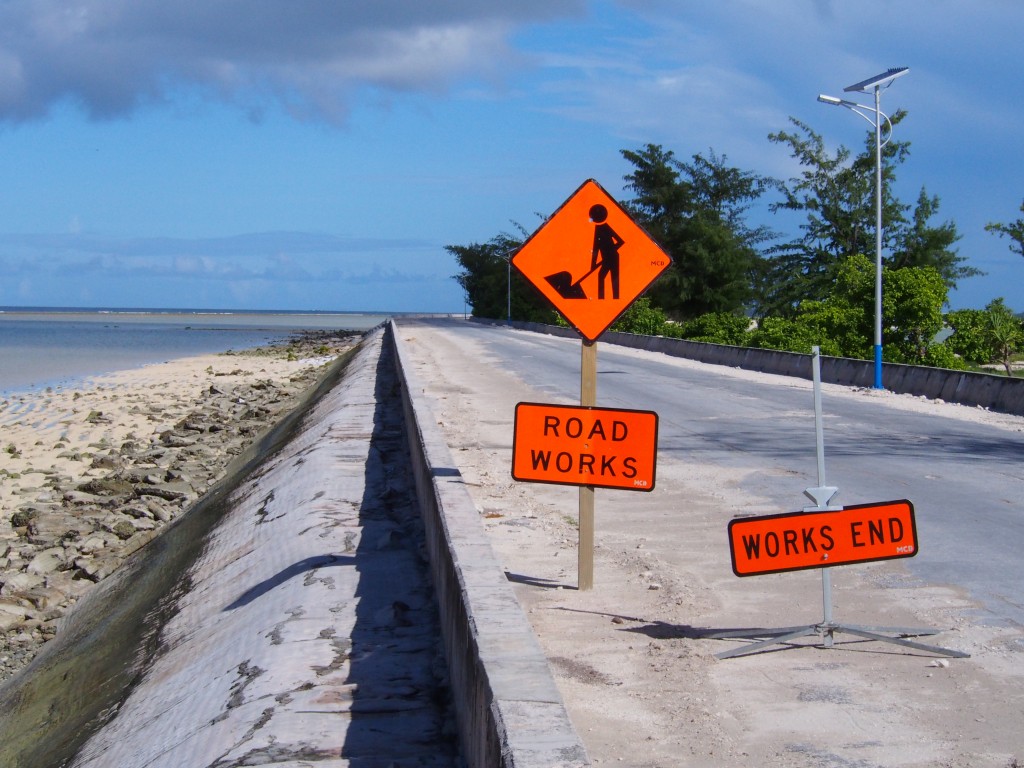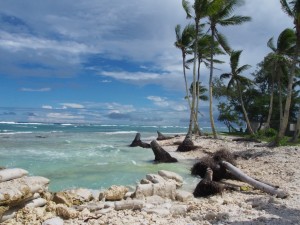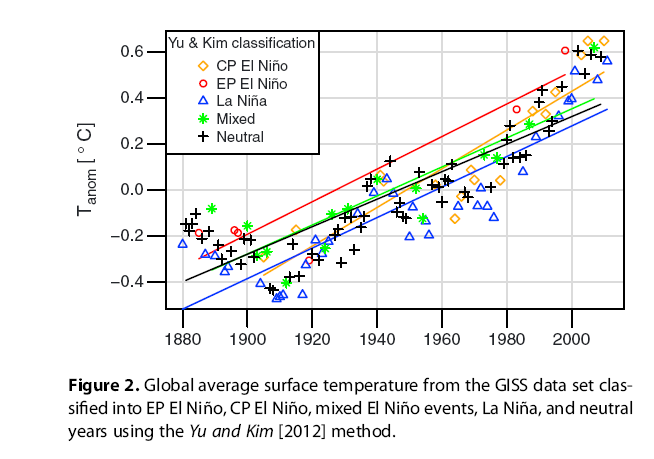Nutrients are a good thing. They promote growth of cells in plants and animals. Food manufacturers love to advertise that their products, like breakfast cereals, are chock-full of “key” or “vital” or “healthy” nutrients.
In waterways, however, you can have too much of a good thing. Load a lake or an estuary with too much of the nutrient that limits productivity and you might choke the system with algae – the process that scientists call eutrophication because we stink at naming things. All that algae eventually decomposes, or is consumed by other organisms that eventually decompose, which uses up oxygen crucial to other organisms. That’s a rough explanation of what has happened in the Gulf of Mexico at the mouth of the Mississippi River. Nutrients, particularly nitrogen, leach off agricultural fields and empty into the continental shelf, driving the development of a large “hypoxic” or “dead” zone each summer.
The key issue for the algae is the stoichiometry (again, we stink at naming things) or the ratio of the nutrients: the relative availability of key chemical players like nitrogen (N), phosphorus (P) and silica (Si). Say the ratio of nitrogen to phosphorus in the water is greater than what most algae need; they typically 16 nitrogen”s” for every phosphorus. Then phosphorus becomes the “limiting nutrient”. Add more phosphorus and you should get more growth because there’s already enough nitrogen available. Add more nitrogen, no dice, as there’s not enough phosphorus to match the existing nitrogen levels.
Now, past research has shown that thanks to things like fertilizer loading agricultural soils and groundwater full of nutrients, the key determinant of how much actually ends up flowing down a agricultural river is the weather. For example, a study by myself and Don Scavia showed that a wet fall (which “recharges” the groundwater) in the Midwestern U.S. followed by a wet spring means a large flux of nitrogen down the Mississippi, and all else being equal, a large “dead” zone. But most of that type of runoff and nutrient analysis has focused on individual nutrients, when what really matters to the algae, is the ratio between the nutrients.
A recent paper led by my former student Doris Leong looked sensitivity of the nutrient ratios to variability in runoff, and hence rainfall. The idea was that, since N, P and Si come from different sources and have different solubilities and adsorptive properties, the flow of each nutrient in a watershed may respond differently to a change in rainfall and runoff*. We hypothesized that in an agricultural river basin, where there is a lot of nitrogen in a soluble form in the soils and groundwater, the N:P and N:Si ratio in the river should increase during wetter periods. An analysis using data from across the Mississippi River Basin confirmed the hypothesis, particularly for N:P:
A doubling of the discharge by the Mississippi and Atchafalaya Rivers to the Gulf of Mexico is found to increase the N:P by 10% and the N:Si by 4%. Analysis of data from upstream stations indicates that the N:P increases with discharge in subbasins with intensive row crop agriculture and high fertilizer application rates.
The effect suggests that the weather could influence nutrient limitation productivity downstream. It may also subtly influence the relative abundance of different primary producers (e.g. algae) in river or in the coastal zone. For example, research shows that if N:Si reaches well above 1:1, there can be a shift away from the production of diatoms, which require Si to build their shells.
The results of the paper suggest that, if all else is equal, a wetter climate in the central U.S. would mean higher N:P and N:Si in Mississippi water. It is important to note, however, that all else is unlikely to equal. Changes in agricultural practices, river management, erosion control, etc. will also influence the availability and movement of nutrients. From the conclusion:
The flux of nutrient ratios depends on multiple environmental characteristics of a watershed, including land use, land management, climate and geology, and the river network, and it is difficult to determine the relative importance of these different effects. The dominant nutrient species, sediment transport, presence of dams, as well as in-stream uptake of nutrients, all play a role in controlling the movement patterns of nutrients over the landscape and within rivers. High-resolution data and models that incorporate sediment and dissolved nutrient cycling are needed to understand the multiple factors that influence how nutrient ratios respond to changes in discharge. As future climate change drives an increase in hydrologic variability, the predictability of the response of nutrient ratios to discharge may be important to understanding ecosystem responses to climatic change.
* Technically speaking, we modeled the relationship between river discharge and nutrient load as a power law. Thus the hypothesis was that for a given watershed, the exponent in the power law would be different for N, P and Si.









